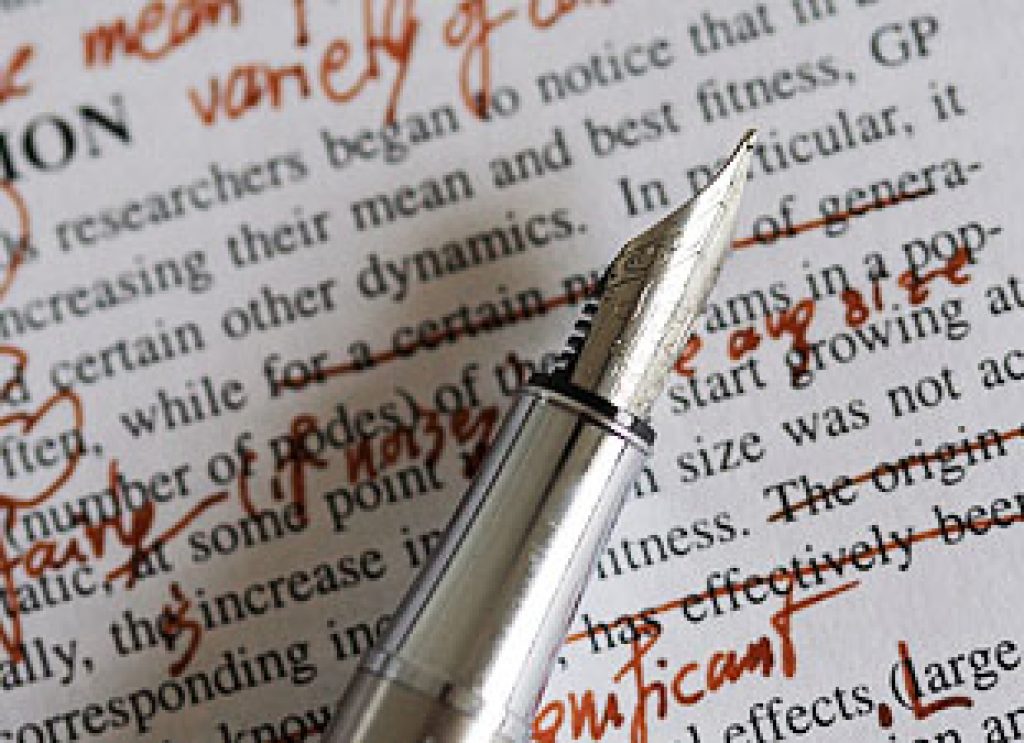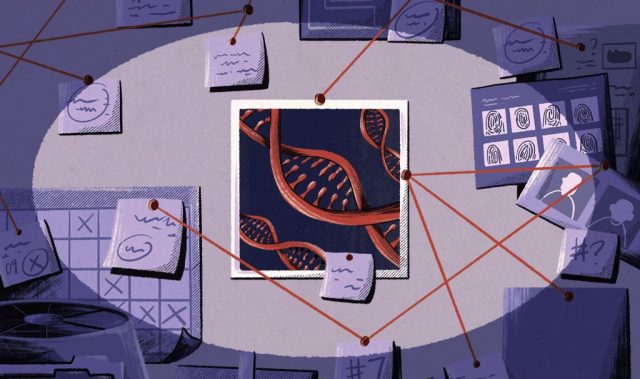
AsianScientist (Jan. 28, 2013) – By Yojana Sharma – Under pressure to publish to advance their careers, many scientists, especially in developing countries, risk falling prey to a growing number of substandard and unethical journals that adopt dubious and dishonest practices to turn a quick profit.
Writing in Nature
Beall claims that what he calls “predatory journals” are “dishonest and lack transparency. They aim to dupe researchers, especially those inexperienced in scholarly communication.” Many of these journals will accept almost any article as long as the author pays the fee.
While open access journals are a boon to developing country researchers and research libraries, the predators and poor-quality publications “are just under everybody’s radar,” Kenneth Foster, a professor of bioengineering at the University of Pennsylvania in the United States, tells SciDev.Net.
He began to take a close interest in such journals in India, together with the country’s Society for Scientific Values (SSV), an independent science plagiarism watchdog in New Delhi, after his own research was plagiarized and misused.
Passing off as prestigious
Scientists usually learn of suspect journals after their work has been plagiarized in them, or when they have been named as members of journals’ editorial boards without their knowledge or permission.
The journals that cause particular concern charge authors for publishing their article without providing high-quality peer review or editing, so that plagiarized, recycled, or false research is not weeded out. Often they have “important sounding names”, notes Foster, typically starting with ‘International,’ ‘British,’ or ‘American’ to gain prestige whether or not they really have such links.
There is no internationally accepted term to describe these journals. After all, substandard or bogus research occasionally appears in prestigious journals, despite their strong emphasis on peer review. And “even subscription journals have ‘bottom-feeders’ that do little or no peer review,” points out Stevan Harnad, professor of cognitive science at the universities of Québec in Canada and Southampton in the United Kingdom.
But whatever the term – substandard, suspect, bogus, or predatory – the journals employ unethical practices.
Some substandard journals “have genuine-sounding editorial boards but closer scrutiny may reveal that they are not experts in the field served by the journal,” says Ivan Oransky, co-founder of Retraction Watch, a blog that tracks retractions from scientific journals arising from misconduct.
Rather than adding to the body of knowledge, “it is just a business,” says India’s SSV president Kasturi Chopra.
But unlike for-profit journals that conduct proper peer review, many substandard journals accept whatever papers are offered, trawling for material through unsolicited bulk emails or by mining lists of conference participants.
Suspect in Pakistan
Isa Daudpota, a Pakistani academic who has researched the issue in his home country by cross-checking the names of scientists on editorial boards and contacting them by email to see if they knew they were listed as such, says he has unearthed instances the of “use of fake journals,” some even approved by Pakistan’s Higher Education Commission (HEC).
These journals can demand high payments for speedy publication of material without proper review and editing, and may include the names of prominent international academics without their knowledge. When alerted, the academics “were horrified to find their names had been used.”
Raghavendra Rau, professor of finance at Judge Business School, University of Cambridge, United Kingdom, said he had only heard about his name being used in one journal from colleagues.
In another case, an academic even took action to have a website shut down, though Daudpota believes this should be left to the HEC.
Sometimes, Daudpota claims, journals and academics use each other. “It can be a short cut to promotion and privileges. Some editors and authors who have been associated with fake journals have gained through financial rewards, including national honors and promotions,” he says.
For its part, the HEC has said that it investigates “all complaints received.”
Struggle for quality
China appears to be home to the largest number of substandard and suspect journals.
Most Chinese publications are published under the auspices of the state and few outside the country took any notice until English-language versions began to emerge to bolster the appearance of Chinese academics in ‘international publications.’
China now says it conducts annual inspections of journals and is pushing up quality by investing in editorial standards.
But Cao Xingion, an associate professor in the school of law at Zhejiang University in Hangzhou, who has looked into academic misconduct in China, alleges that some substandard journals pay academic inspectors to get a higher rating in the inspections.
Freedom versus regulation
Around the world, the need for regulation, particularly on a national level, is widely recognized. But journals cannot simply be shut down on the basis of a few suspicions, says Foster. If they have an International Standard Serial Number (ISSN), they are legal. “There are real intellectual freedom issues,” he notes.
Some researchers say it is risky to rely on email alerts from concerned academics. Ethical publications may inadvertently, or maliciously, be included on such lists.
So what can be done?
Most of those quoted in this article argue that regulatory bodies such as the University Grants Commission in India and HEC in Pakistan should issue advice so that universities can then act by discontinuing or improving substandard university-owned journals.
Chopra says ministries and funding agencies should keep their own blacklists and insist on scientists publishing only in above-board journals as a condition of funding – which again raises the issue of defining ‘above board’ and ‘substandard’.
Daudpota in Pakistan goes further.
“The HEC should investigate them and then aggressively get these journals removed from the web, and compel Pakistani academics associated as editors or contributors to sever their connections immediately and remove mention of such publications from their résumé.
“Benefits – financial and professional – obtained through such publications should be withdrawn. The big fish in particular need to be tried in a court of law.”
——
Source: Science and Development Network; Photo: Nic’s events/Flickr/CC.
Disclaimer: This article does not necessarily reflect the views of AsianScientist or its staff.












